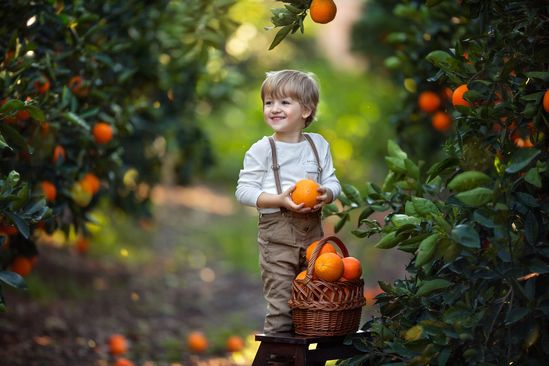ONE OF THE WORLDS’S FAVORITE FRUITS
Oranges
An orange, also called sweet orange to distinguish it from the bitter orange Citrus × aurantium, is the fruit of a tree in the family Rutaceae. Botanically, this is the hybrid Citrus × sinensis, between the pomelo (Citrus maxima) and the mandarin orange (Citrus reticulata). The chloroplast genome, and therefore the maternal line, is that of pomelo. The sweet orange has had its full genome sequenced.
The orange originated in a region encompassing Southern China, Northeast India, and Myanmar; the earliest mention of the sweet orange was in Chinese literature in 314 BC. As of 1987, orange trees were found to be the most often cultivated fruit tree in the world. Orange trees are widely grown in tropical and subtropical climates for their sweet fruit. The fruit of the orange tree can be eaten fresh, or processed for its juice or fragrant peel. In 2022, 76 million tonnes of oranges were grown worldwide, with Brazil producing 22% of the total, followed by India and China.
The Orange Journey
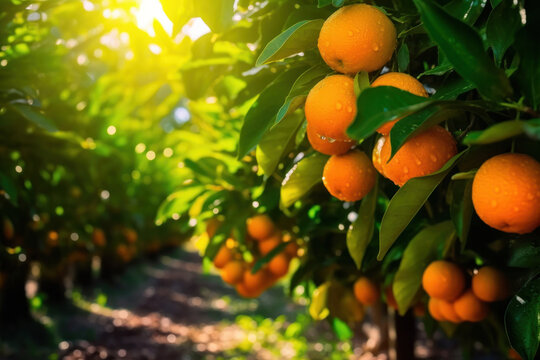
How It Grows
Orange orchards are generally planted in relatively deep soil where drainage is good. The orange trees are usually budded on stocks grown from the seed of selected trees. The seeds are sown in well-prepared soil in a lath house; after about 12 months’ growth there, the seedlings are removed to a nursery
How is orange formed?
Oranges are a hesperidium, a kind of modified berry with sectioned pulp inside a separable rind. The sweet orange, which accounts for 70% of global orange production, is a hybrid of ancient cultivated origin between pomelo (citrus maxima) and mandarin (citrus reticulata)
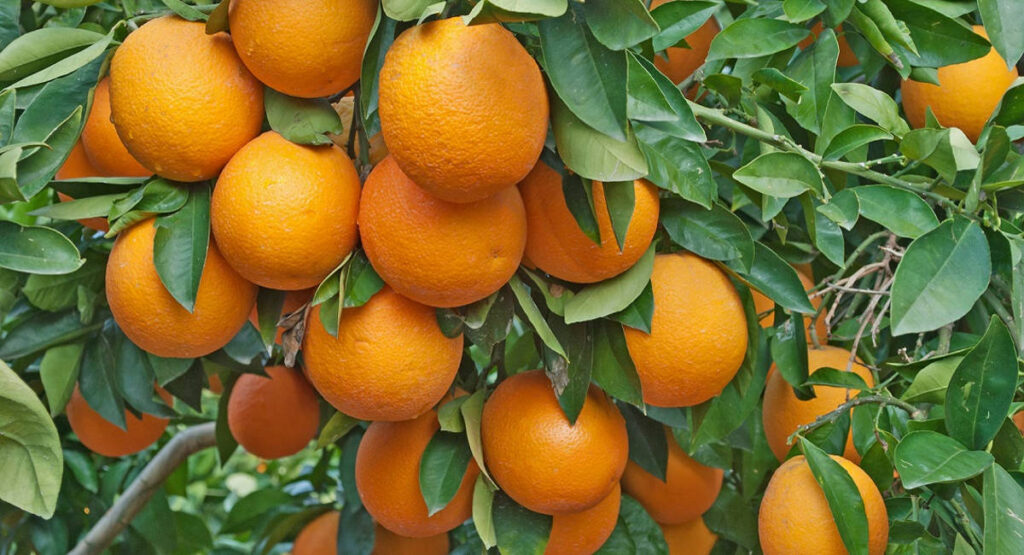
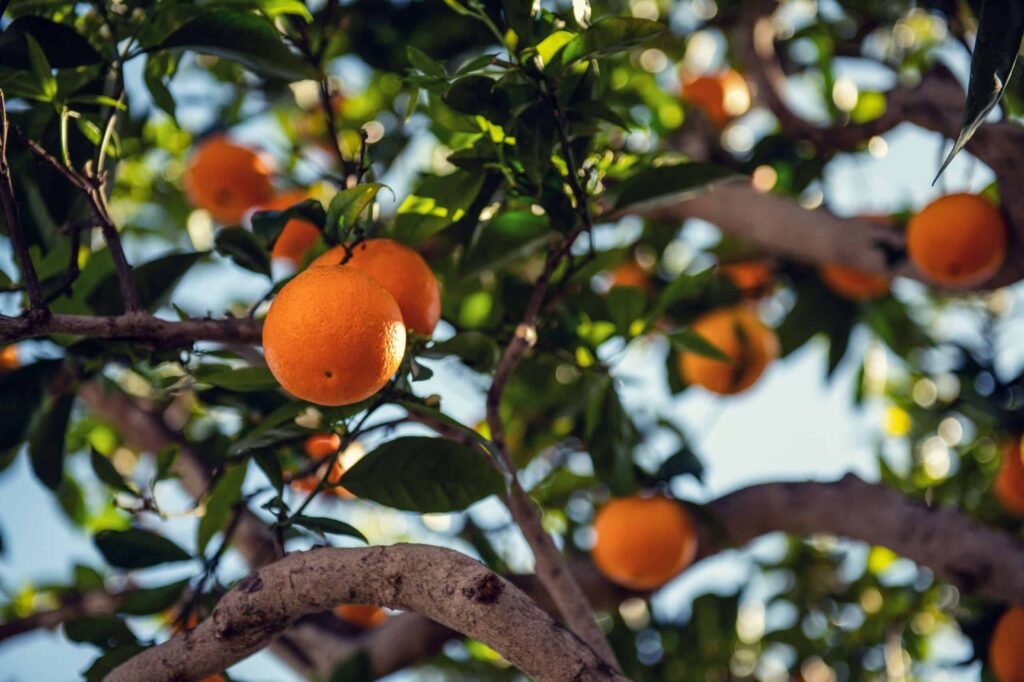
How are oranges reproduced?
The common navel orange is seedless. It is not reproduced and grown with seeds, it is grown from a graft. A cutting is selected from a navel orange tree, and then grafted on top of a different variety orange rootstock (usually selected for vigorous root growth and resistance to disease).
Harvesting
For manual method, fruits are harvested by cutting them off with pruning shears, clippers or by pulling the fruit stalk from the tree. The manual method includes hand picking, (where harvesting of citrus fruits is done by pulling or clipping from the stem). The general rule is “twist, jerk, and pull
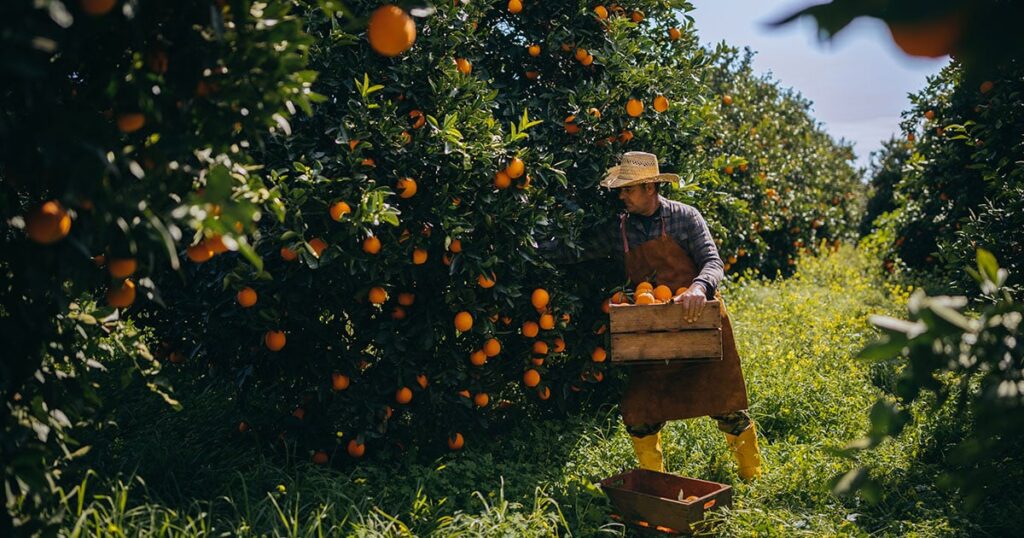
Health & Nutrition
- Powerful Super Fruit – Bananas are an excellent source of potassium, fibre, vitamin B6 which can help boost your physical and mental energy. They provide the perfect mix of short and long chain carbohydrates as a slow release energy. As a result, the blood sugar level does not spike but remains stable for a long time. This means that the body is continuously supplied with energy.
- Eating bananas may help reduce exercise-related muscle cramps and soreness since they contain magnesium.
- Lift Your Mood – Bananas contain tryptophan, an amino acid that plays a role in preserving memory and boosting your mood.
- Bananas are relatively low in calories (only about 90 kcal and 0 g fat), high in fibre which makes them a weight-loss friendly snack option.
- Support Heart Health – Bananas are high in potassium and magnesium which helps regulate blood pressure and can lower the risk of heart disease.
